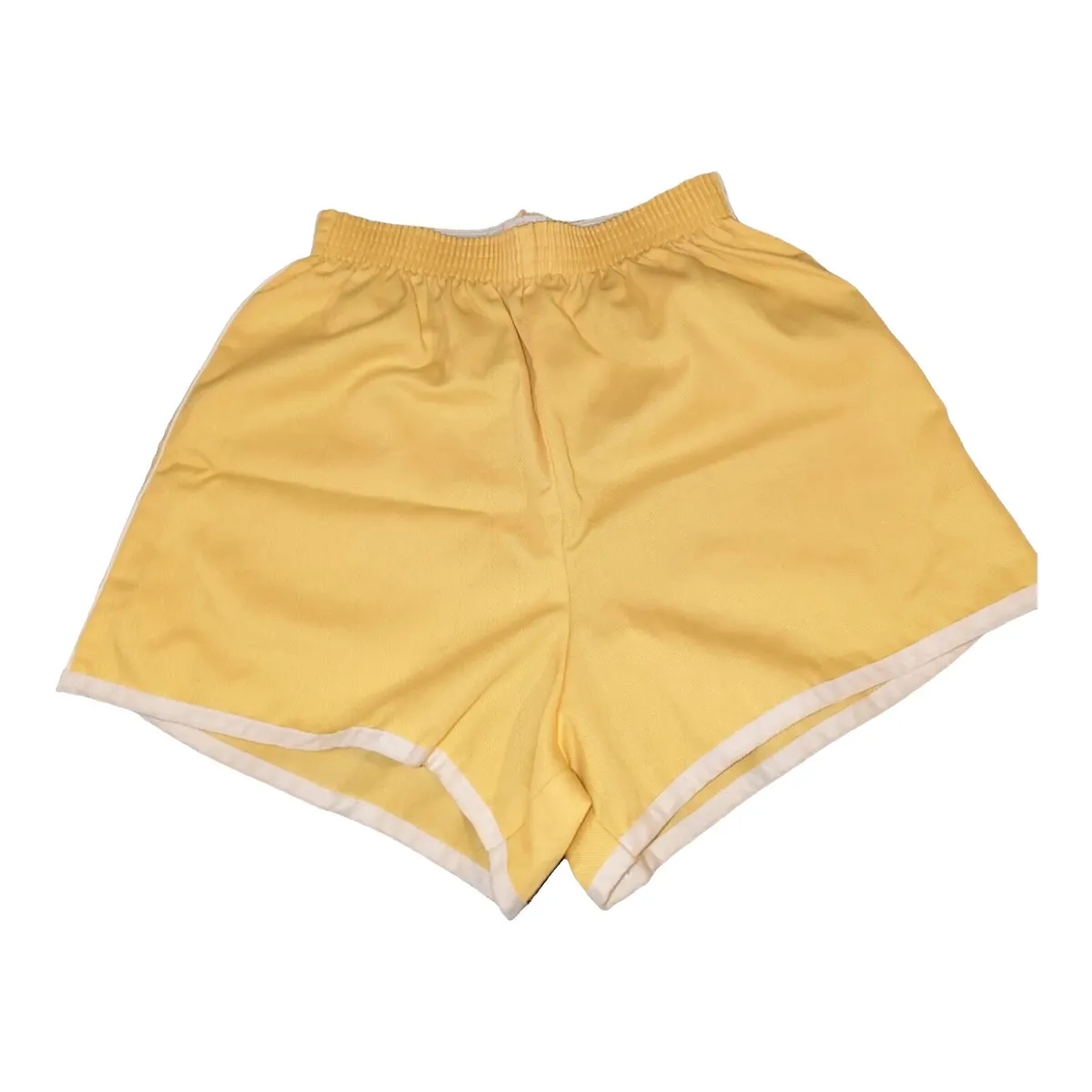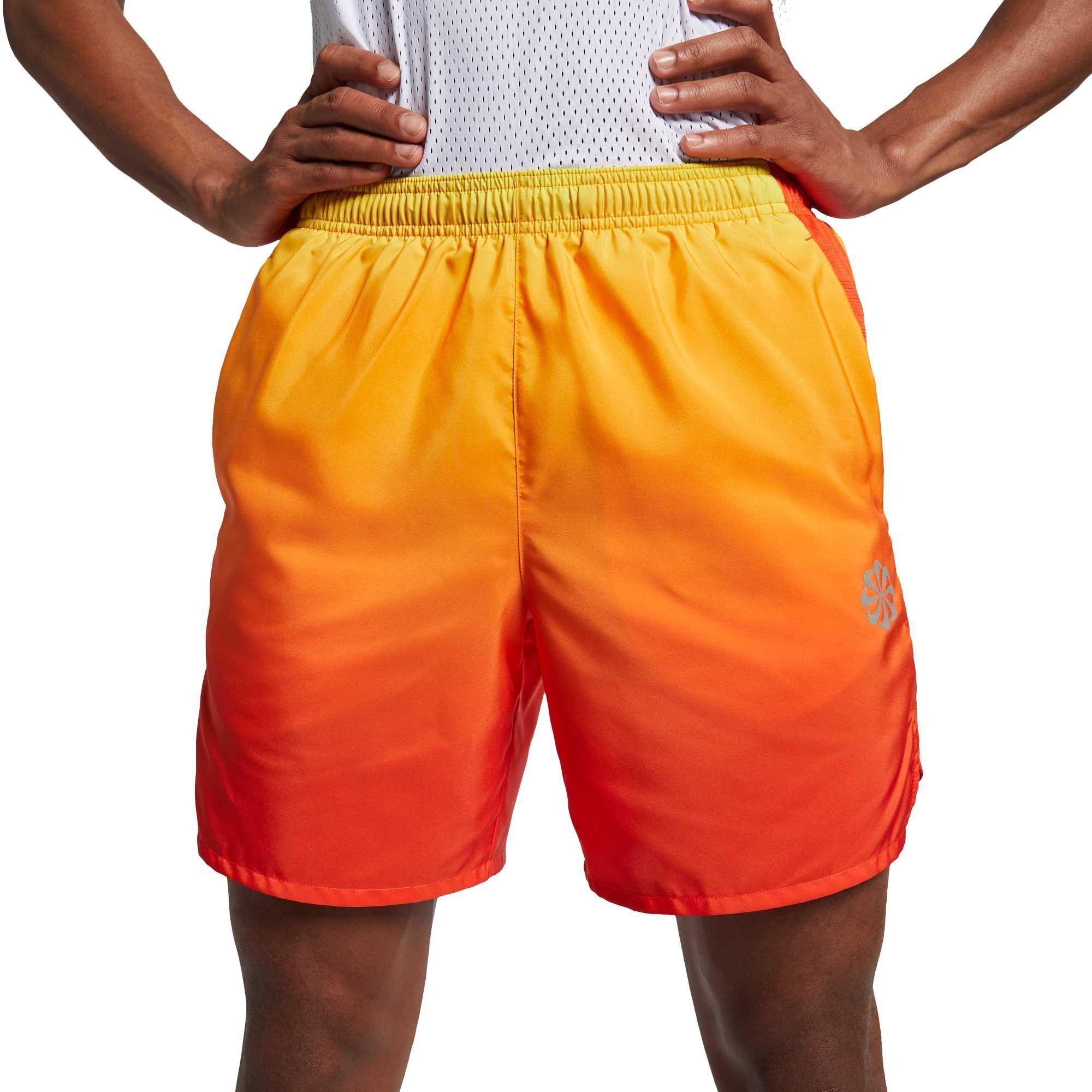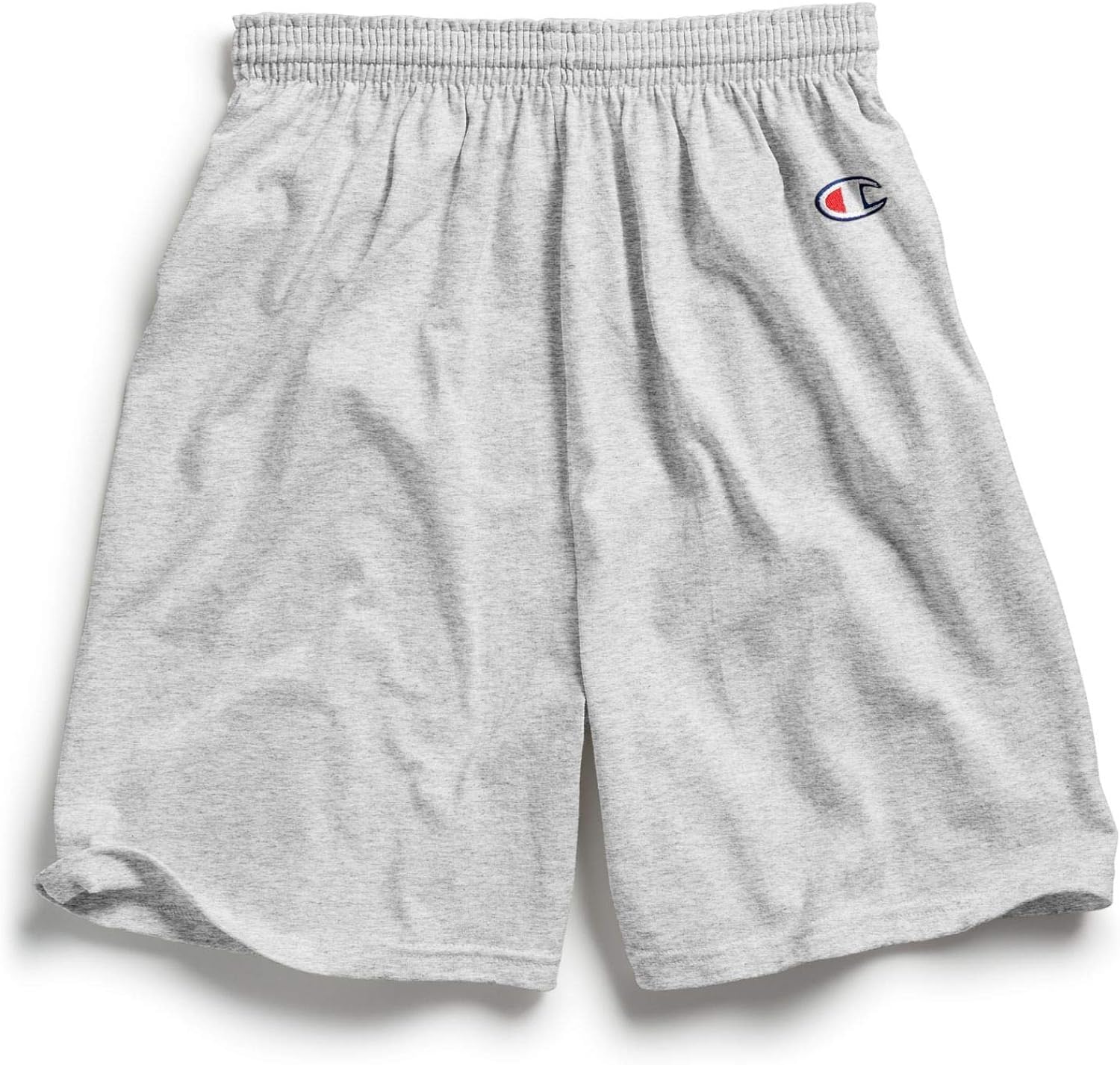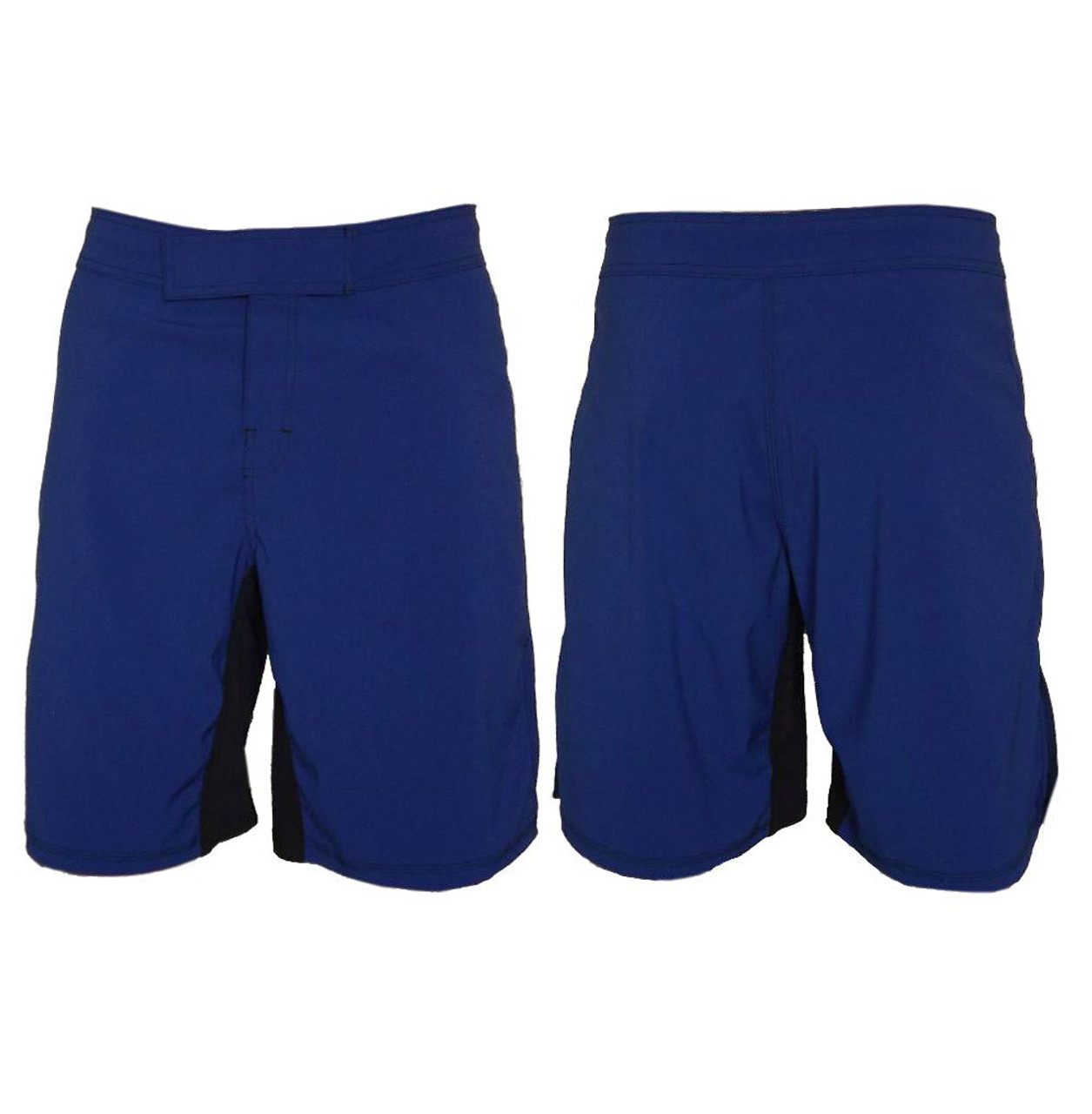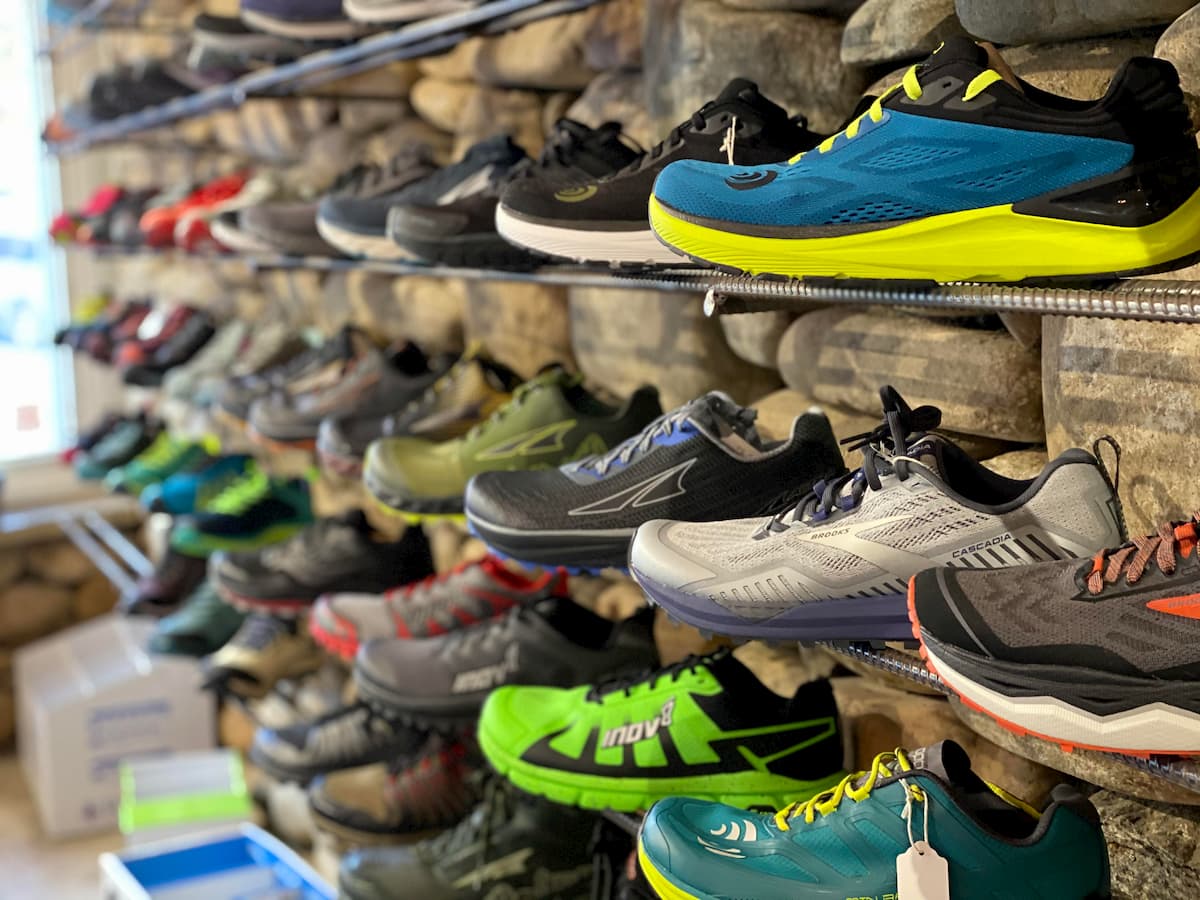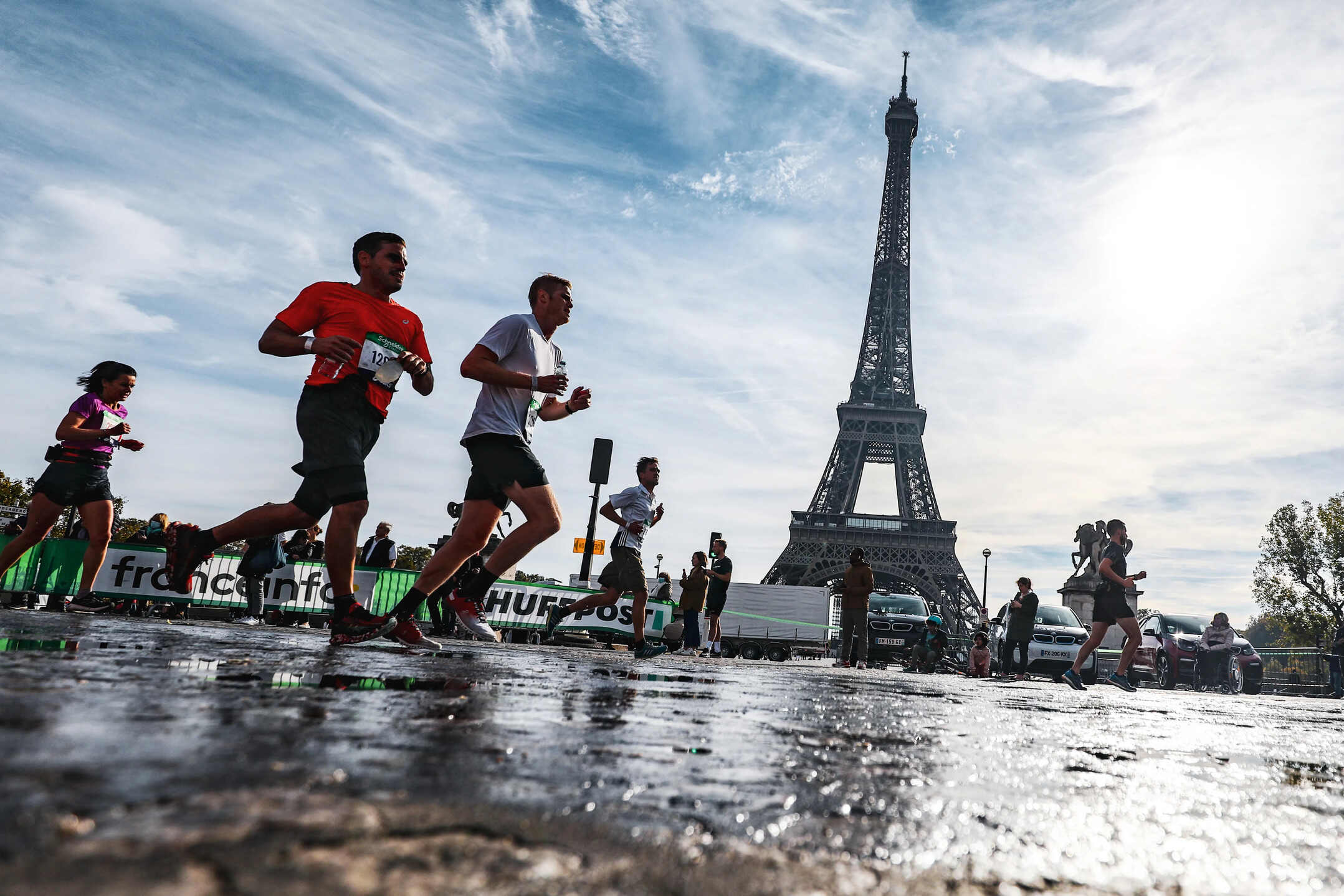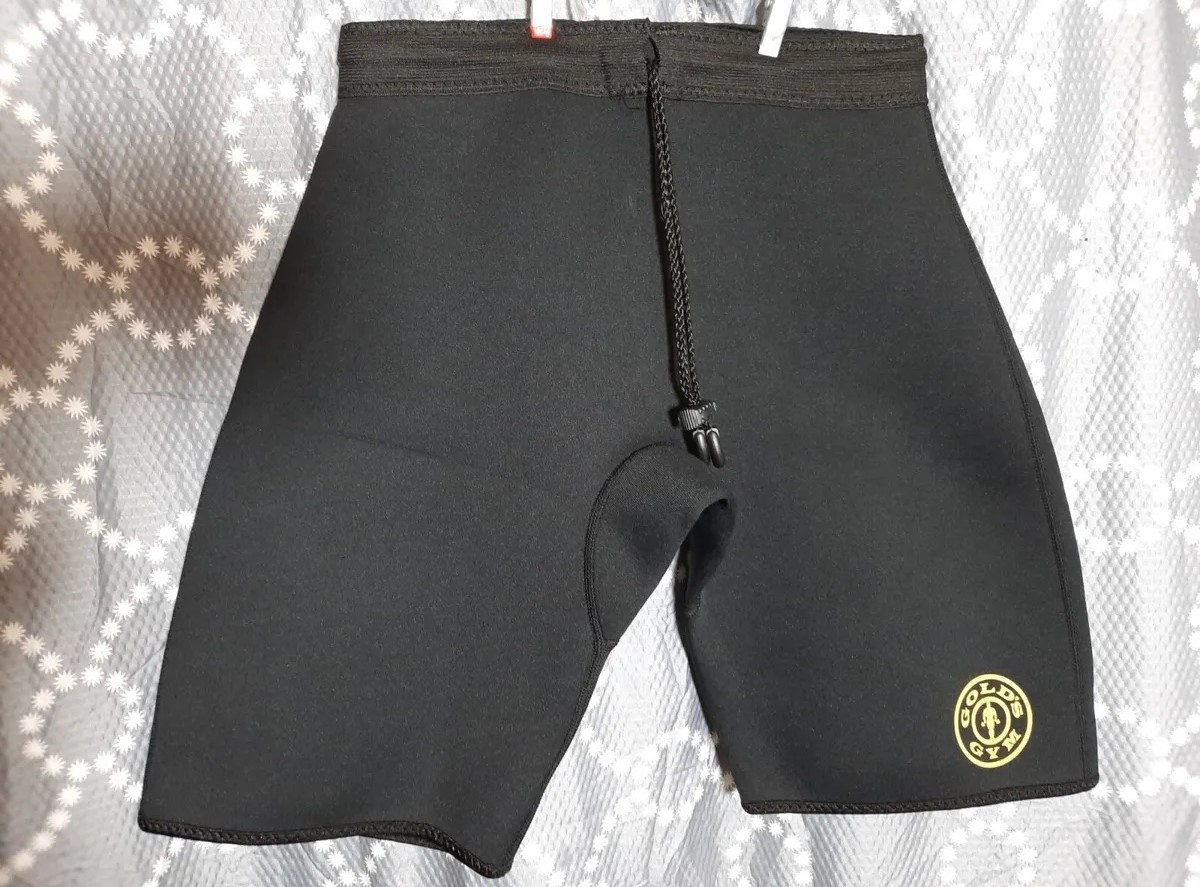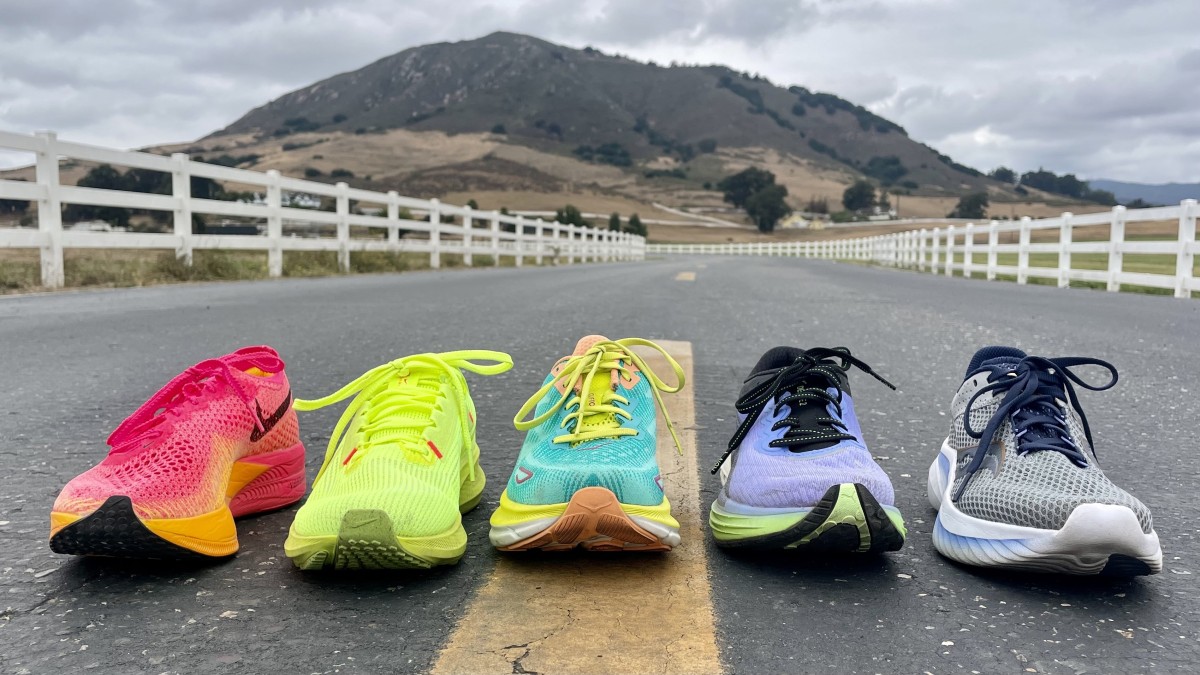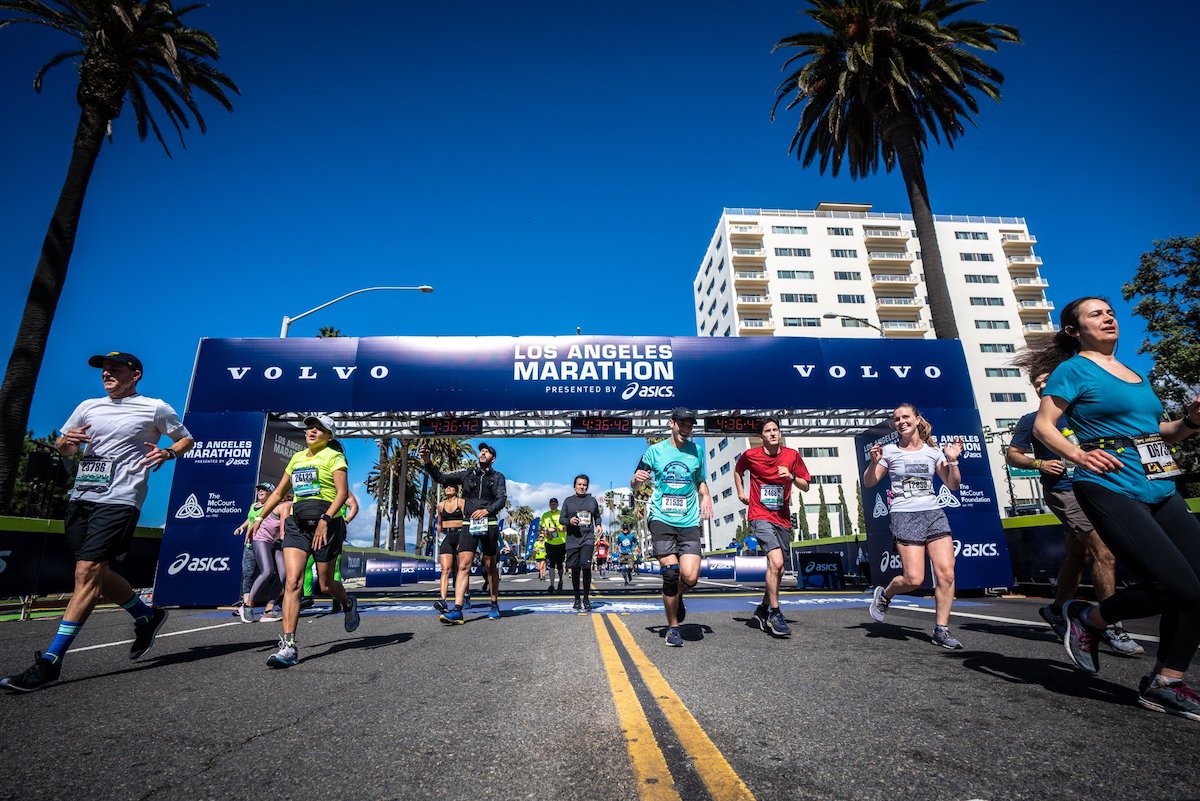

Featured
When Does The LA Marathon End
Modified: January 22, 2024
Discover when the Los Angeles Marathon ends with our featured guide. Plan your route, cheer on the runners, and experience the excitement of this iconic event.
Introduction
Welcome to the world of marathons, where runners push their limits, sweat it out, and go the distance to achieve their goals. Among the esteemed marathon events around the globe, the LA Marathon stands out as an iconic race that weaves through the vibrant streets of Los Angeles, delivering a unique experience to participants and spectators alike.
The LA Marathon, now known as the Skechers Performance Los Angeles Marathon, has become a staple event in the city’s sports calendar since its inception in 1986. Over the years, it has grown in popularity, attracting thousands of runners from across the globe. This article aims to explore the journey of the LA Marathon, its route, duration, and factors that influence the finish time, as well as provide tips for spectators who want to cheer their favorite runners along the way.
As one of the biggest marathons in the United States, the LA Marathon showcases the diverse landscapes and neighborhoods of Los Angeles. From the iconic landmarks of downtown to the scenic views along the coast, participants embark on a challenging yet rewarding course that highlights the city’s unique blend of culture, history, and natural beauty.
Whether you’re a seasoned runner looking to conquer your personal best or a first-time participant eager to experience the thrill of completing a marathon, the LA Marathon promises an exhilarating journey that tests your endurance, determination, and willpower. So, lace up your running shoes and join us as we delve into the captivating world of the LA Marathon.
History of the LA Marathon
The history of the LA Marathon is a testament to the spirit of the running community and the passion of those who came together to create a world-class marathon in the heart of Los Angeles. The inaugural LA Marathon took place on March 9, 1986, with just over 10,000 participants toeing the starting line.
Inspired by the success of the 1984 Olympics held in Los Angeles, the LA Marathon aimed to keep the spirit of the Games alive and provide an opportunity for runners of all levels to experience the thrill of a marathon. The event was organized by the LA Roadrunners, a non-profit organization dedicated to promoting running and fitness in Southern California.
Over the years, the LA Marathon has evolved, with changes in the course, sponsors, and overall organization. In 2009, the iconic “Stadium to the Sea” route was introduced, starting at Dodger Stadium and finishing near the Santa Monica Pier. This scenic route takes participants on a journey through iconic neighborhoods, including Hollywood, Beverly Hills, and West Los Angeles, providing a memorable and diverse experience.
The marathon has also attracted top elite runners from around the world, solidifying its reputation as a competitive and prestigious race. The LA Marathon has seen impressive performances from athletes such as Meb Keflezighi, the first American male to win the Boston Marathon in decades.
In recent years, the LA Marathon has made efforts to prioritize sustainability and environmental consciousness. The race has implemented initiatives such as recycling programs, reducing waste, and utilizing eco-friendly materials to create a more sustainable event.
Today, the LA Marathon continues to thrive as a celebration of athleticism, perseverance, and community. It has become a symbol of the city of Los Angeles, bringing together people from all walks of life to cheer on the participants and create a vibrant and supportive atmosphere.
Route and Duration of the LA Marathon
The LA Marathon features a captivating route that takes participants on a tour through some of the most iconic and scenic areas of Los Angeles. Starting at Dodger Stadium in downtown LA, runners embark on a 26.2-mile journey that spans across different neighborhoods and highlights the city’s vibrant culture.
The course begins with a descent from the stadium, leading runners through the streets of downtown LA. As the marathon progresses, participants pass through famous landmarks such as Chinatown, Little Tokyo, and the Walt Disney Concert Hall, immersing themselves in the rich history and diverse tapestry of the city.
After leaving downtown, the course takes participants through neighborhoods like Echo Park and Silver Lake, known for their vibrant energy and picturesque surroundings. As the marathon unfolds, runners make their way towards the world-renowned Hollywood Boulevard, where they are greeted by cheering crowds and the glitz and glamour of Hollywood’s Walk of Fame.
The route continues through West Hollywood, home to the LGBTQ+ community’s vibrant culture and the energetic atmosphere of the Sunset Strip. With each step, participants experience the beauty of Beverly Hills, running past luxurious mansions and famous Rodeo Drive.
As they approach the final stretch, runners make their way through Century City, a bustling business district, before reaching the iconic finish line near the Santa Monica Pier. The breathtaking view of the Pacific Ocean serves as a backdrop for the triumphant moment when participants complete their marathon journey.
The duration of the LA Marathon varies depending on factors such as the runner’s pace, training, and overall fitness. Elite runners can complete the course in under two and a half hours, while the average time for participants falls between four to five hours. However, participants are given a generous time limit of six and a half hours to complete the marathon, ensuring that runners of all abilities have the opportunity to cross the finish line and achieve their personal goals.
It’s important to note that the LA Marathon is not just about the elite athletes striving for record-breaking times. The event celebrates the spirit of perseverance and personal achievement, encouraging participants to push their boundaries and overcome challenges.
No matter the duration, every participant in the LA Marathon can take pride in their accomplishment and join the ranks of those who have conquered the course, leaving behind a lasting memory of the incredible journey through the heart of Los Angeles.
Factors that Affect the Finish Time
The finish time of a marathon is influenced by a variety of factors that can either speed up or slow down a runner’s pace. Understanding these factors can help participants set realistic goals and develop effective strategies to optimize their performance in the LA Marathon.
- Training and Fitness Level: The amount and quality of training leading up to the marathon play a significant role in determining the finish time. Following a well-structured training plan, incorporating endurance, speed, and strength training, can improve overall fitness and race-day performance.
- Weather Conditions: The weather can have a significant impact on marathon performance. Factors such as temperature, humidity, wind, and precipitation can affect a runner’s pace and energy levels. It’s important to adapt race strategy and hydration plans accordingly, especially in extreme weather conditions.
- Terrain and Course Profile: The route and elevation profile of the LA Marathon can influence finish times. The course includes both flat sections and challenging hills, requiring runners to adjust their pace and energy expenditure accordingly. Familiarizing oneself with the course and incorporating hill training into one’s preparation can be instrumental in optimizing performance.
- Race Strategy: Having a well-thought-out race strategy can make a significant difference in finish times. Factors such as pacing, fueling, and hydration are crucial for maintaining energy levels and preventing fatigue during the marathon. By strategically planning when to push harder and when to conserve energy, runners can optimize their performance and achieve their desired finish time.
- Mental Preparedness: The mental aspect plays a vital role in marathon running. Mental strength, focus, and determination can help runners push through moments of fatigue or doubt and maintain a steady pace. Developing mental resilience through visualization techniques, positive self-talk, and mental preparation can positively impact finish times.
- Support and Crowd Energy: The support and energy provided by spectators and fellow runners can act as a motivating factor and boost performance. The LA Marathon is known for its lively and enthusiastic crowd, providing encouragement and cheers along the entire course. Drawing inspiration from the cheering spectators can help runners maintain their pace and achieve their goal finish time.
It’s important to remember that every runner is unique, and these factors will affect individuals differently. What matters most is setting personal goals, training diligently, and embracing the journey of the LA Marathon, regardless of the finish time. The sense of achievement and pride in crossing the finish line is what truly makes the experience unforgettable.
Tips for Spectators
The LA Marathon not only represents a significant challenge for the participants but also provides a fantastic opportunity for spectators to cheer on and support their friends, family, and the entire running community. Here are some tips to make your experience as a spectator memorable and exciting:
- Plan Ahead: Familiarize yourself with the route and schedule of the LA Marathon. Identify the best spots along the course where you can see the runners pass by and create a plan for getting there ahead of time. Arriving early will ensure you get a good viewing spot.
- Get Creative with Signs and Cheers: Make personalized signs and posters to cheer on your favorite runners. Positive and encouraging messages can provide a huge boost to their motivation and morale. Get creative with your cheers and bring a lively and enthusiastic energy to the sidelines.
- Bring Essential Supplies: Pack the necessary supplies for a comfortable viewing experience. This might include sunscreen, a hat, snacks, and enough water to stay hydrated throughout the day. Don’t forget your camera or smartphone to capture those special moments.
- Consider Spectator Zones: The LA Marathon has designated spectator zones along the course where the atmosphere is particularly festive and lively. These areas often feature live music, entertainment, and food vendors. Plan to spend some time in these spectator zones to fully enjoy the spirit of the marathon.
- Track Your Runner: Utilize the LA Marathon’s tracking system to keep track of your runner’s progress along the course. This will help you anticipate when they will pass by your location, allowing you to be ready to cheer them on when they need it most.
- Join the Cheer Zones: Several organizations and community groups set up “cheer zones” along the course to provide extra encouragement and entertainment for the runners. Join these cheer zones to become part of the enthusiastic crowd and help create an electric atmosphere for the participants.
- Stay Respectful and Supportive: Remember to respect the runners and fellow spectators throughout the event. Avoid obstructing the runners’ path or blocking the view of other spectators. Be mindful of the rules set by the organizers and ensure your presence enhances the experience for everyone involved.
- Share the Joy on Social Media: Capture and share your favorite moments from the LA Marathon on social media platforms using the official event hashtag. This not only allows you to share the excitement with others but also helps promote the marathon and inspire more people to participate in the future.
By following these tips, you can make the most of your time as a spectator, providing much-needed support and encouragement to the runners as they tackle the challenging LA Marathon course. Your presence and positive energy can make a significant difference in their journey and create lifelong memories for both the runners and spectators alike.
Conclusion
The LA Marathon is not just a race; it’s an immersive experience that captures the spirit, diversity, and energy of Los Angeles. From its humble beginnings to becoming one of the most prestigious marathons in the United States, this event has left an indelible mark on the running community and the city itself.
The LA Marathon’s rich history, challenging yet scenic route, and diverse neighborhoods showcase the essence of Los Angeles. Whether you’re a participant striving for a personal best or a spectator cheering on loved ones, the marathon offers a journey like no other.
As we explored the route and duration of the LA Marathon, we discovered the factors that can influence a runner’s finish time, highlighting the importance of training, race strategy, and mental fortitude. We also shared valuable tips for spectators to make the most of their experience, from planning ahead to creating a supportive and energetic atmosphere.
The LA Marathon embodies the triumph of the human spirit and the power of community support. Whether crossing the finish line or cheering from the sidelines, each individual becomes part of a larger story, a celebration of resilience and determination.
So, whether you’re looking to challenge yourself as a runner or wanting to witness the incredible feats of athleticism, the LA Marathon invites you to join its vibrant community and embark on a remarkable journey through the heart of Los Angeles.
The LA Marathon is not just a race; it’s an adventure that pushes boundaries, inspires greatness, and creates memories that last a lifetime.
